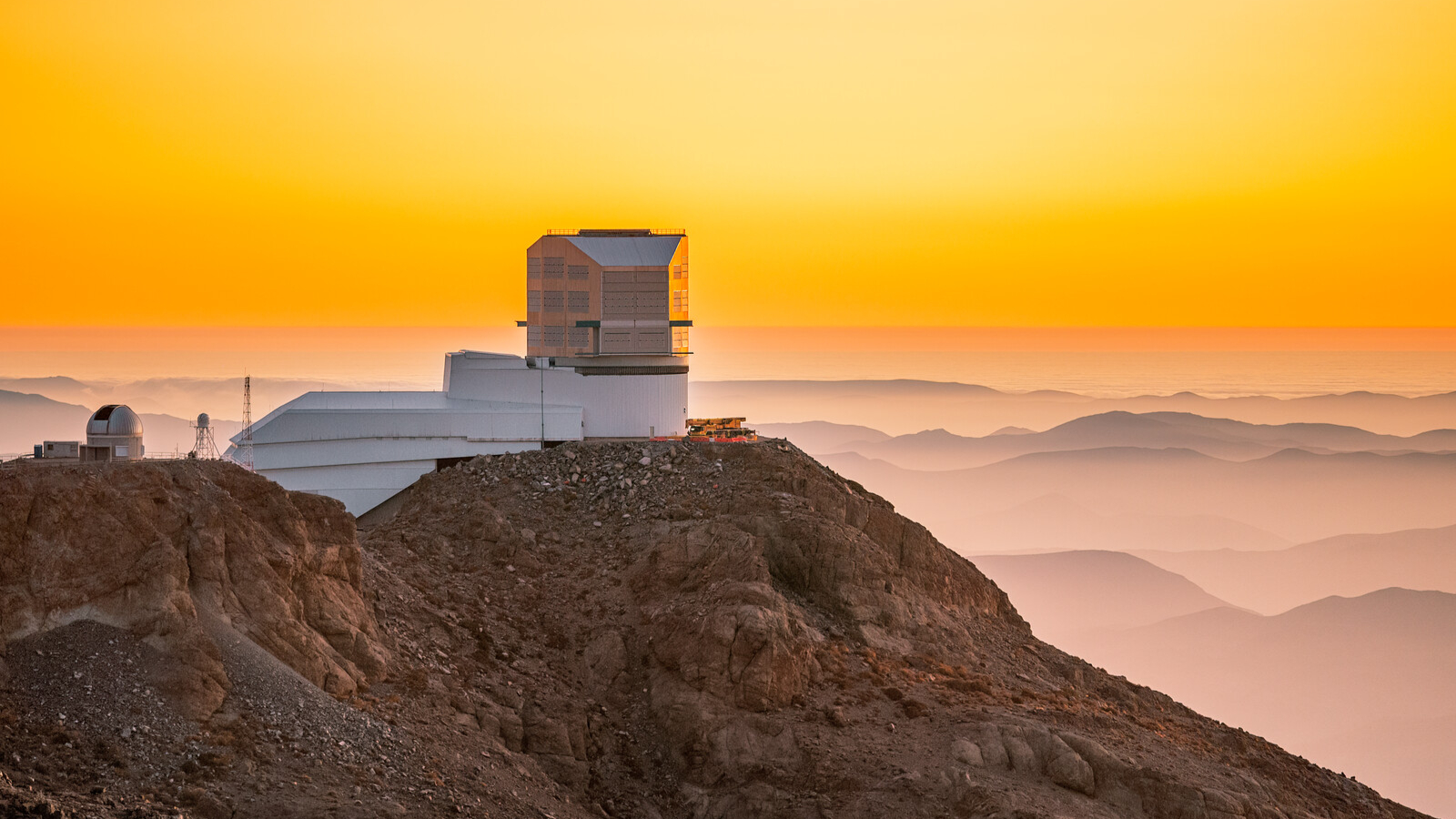NASA Books More Astronaut Flights from SpaceX, Boeing

NASA has booked more astronaut flights to the International Space Station aboard private space taxis built by Boeing and SpaceX.
The new orders, which NASA announced Tuesday (Jan. 3), awards four crew rotation flights to the International Space Station (ISS) each to Boeing and SpaceX as part of the space agency's Commercial Crew Program. The award increases the total number of flights ordered from each contractor to six, NASA officials wrote in the announcement.
These missions will be approved to fly after NASA certification, and will not include payments at this time. [SpaceX's Crewed Dragon Spaceship in Pictures]
"Awarding these missions now will provide greater stability for the future space station crew rotation schedule, as well as reduce schedule and financial uncertainty for our providers," Phil McAlister, director of NASA's Commercial Spaceflight Development Division, said in a statement. "The ability to turn on missions as needed to meet the needs of the space station program is an important aspect of the Commercial Crew Program."
The news comes as both SpaceX and Boeing are preparing for their first crewed flight tests in 2018. Under the current schedule, SpaceX's crewed Dragon spacecraft will fly an uncrewed mission in November, and then launch a crewed test flight in May 2018. Boeing's CST-100 Starliner is scheduled to fly its first uncrewed test flight in June 2018, which will be followed by a crewed flight later in August of next year. Estimated flight dates have been pushed back several times before, however.
Each vehicle will carry up to four astronauts and 220 lbs. (100 kilograms) of cargo to the ISS. They can also serve as "lifeboats" to bring astronauts back to Earth in the event of an emergency. [In Pictures: Boeing's CST-100 Starliner]
Since NASA's space shuttle program ended in 2011, the agency has had to depend on buying seats aboard Russian Soyuz spacecraft, which launch from Kazakhstan, to fly American astronauts to the space station. NASA currently has contracts with Russia's Roscosmos space agency to fly astronauts on six Soyuz flights in 2017 (for a total of $458 million). The agency will also pay Roscosmos another $490 million to fly astronauts on six more flights in 2018.
Breaking space news, the latest updates on rocket launches, skywatching events and more!
NASA's Commercial Crew Program aims to restart crewed launches from American soil in 2018. Another long-range goal is to increase the crew size on the space station. Russia's Soyuz vehicles can only carry up to three people at a time. The Dragon and Starliner vehicles, by contrast, are designed to carry up to seven astronauts per flight. With more astronauts on the space station, NASA plans to increase the research time available on the orbiting complex.
In recent years, observers have also expressed concerns about relying on a foreign government to send Americans to the space station, especially when political disputes occurred between Russia and the United States. Further, Russia is dependent on agreements with Kazakhstan for its Soyuz launches.
Both Boeing and SpaceX will launch from facilities near Orlando, Florida. SpaceX's crewed Dragon spacecraft will leave Earth from Launch Pad 39A at Kennedy Space Center, and Boeing's CST-100 Starliner will fly from Space Launch Complex 41 at Cape Canaveral Air Force Station. The two companies have been upgrading human space transportation facilities in Florida to support these missions, from what was used during the space shuttle program.
Follow Elizabeth Howell @howellspace, or Space.com @Spacedotcom. We're also on Facebookand Google+. Original article on Space.com.
Join our Space Forums to keep talking space on the latest missions, night sky and more! And if you have a news tip, correction or comment, let us know at: community@space.com.

Elizabeth Howell (she/her), Ph.D., was a staff writer in the spaceflight channel between 2022 and 2024 specializing in Canadian space news. She was contributing writer for Space.com for 10 years from 2012 to 2024. Elizabeth's reporting includes multiple exclusives with the White House, leading world coverage about a lost-and-found space tomato on the International Space Station, witnessing five human spaceflight launches on two continents, flying parabolic, working inside a spacesuit, and participating in a simulated Mars mission. Her latest book, "Why Am I Taller?" (ECW Press, 2022) is co-written with astronaut Dave Williams.
